

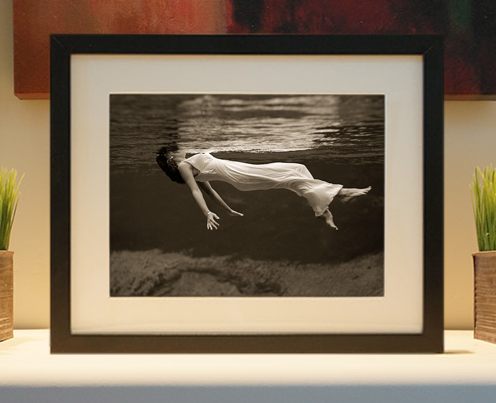
Framed or unframed, desk size to sofa size, printed by us in Arizona and Alabama since 2007. Explore now.
Shorpy is funded by you. Patreon contributors get an ad-free experience.
Learn more.

- Lofty addition
- In 1912
- Keenan Building
- Six years old
- Taken from the P.J. McArdle Roadway?
- It stood only 47 years
- Three track mind
- Incline to the right
- Reach for the sky, 1912 style
- No clean sweep
- Same Job Title, Same Face
- Sadly Lost
- Beautiful ...
- Where you get your kicks
- Aim High
- Pueblo Revival sisters
- Pueblo Neoclassicism
- Milk Man
- Regional dialect.
- Spielberg's inspiration
- Great Photo
- Loaf Story
- Do you still have the Rakes category?
- Could almost be a scene from the 1957 movie 'Hell Drivers'
- The Wages of Fear.
- Conspicuous by their absence
- Got Milk?
- All that aluminum
- No lefties
- Smoke 'em if you've got 'em
Print Emporium
Read All About It: 1942
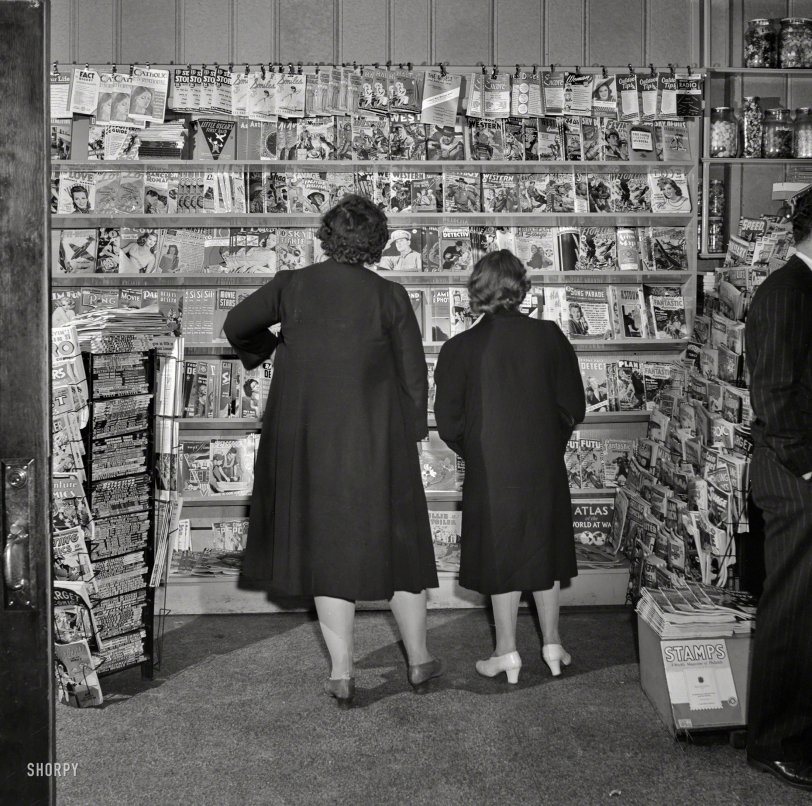
May 1942. "Southington, Connecticut. Where Southington folk buy their magazines." Photo by Fenno Jacobs, Office of War Information. View full size.
All The Pulp You Would Ever Need
The Pulp Magazines Project is an open-access digital archive dedicated to the study and preservation of one of the twentieth century's most influential literary & artistic forms: the all-fiction pulpwood magazine. The Project also provides information on the history of this important but long neglected medium, along with biographies of pulp authors, artists, and their publishers.
Full downloads of magazines featured in the photo such as All Western, Air Stories, Amazing, Astouding, Romance and one I had never heard of but I am sure will be popular with a large segment of loyal Shorpyians (or is that Shorpyites or Shorpians or Shorpites?)... The Railroad Man's Magazine.
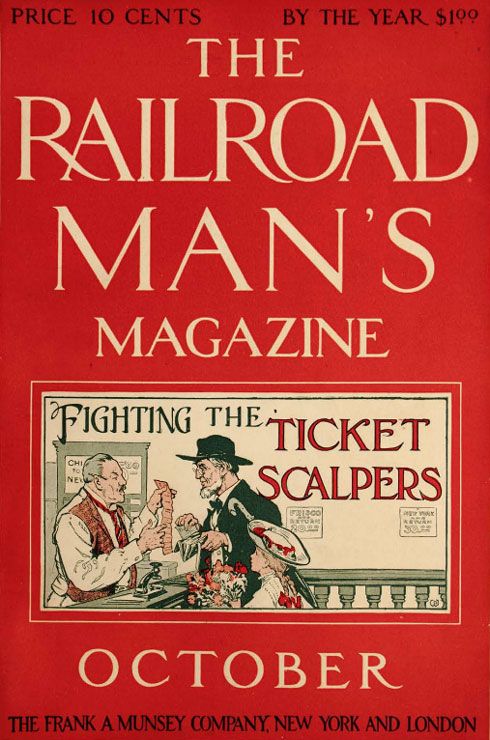
A Lot of Film and a Lot of Fun
Top left above the comic rack.
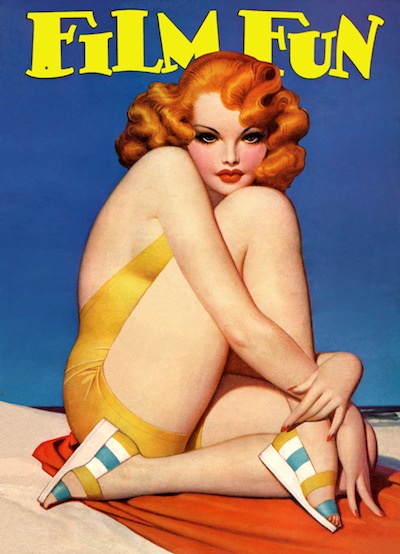
Fact Digest
Entertaining and Instructive Articles
Ease of Readability is Our Policy
A Rodale Press Magazine
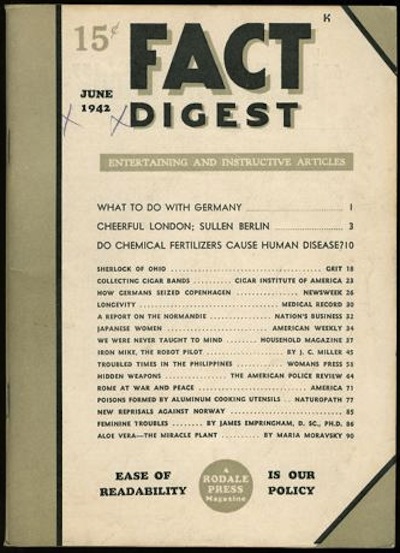
Ellery Queen's Mystery Magazine
July 1942 (Vol. 3, No. 3), upper right on the wall rack, with pieces by Dashiell Hammett, Agatha Christie and Ellery Queen.
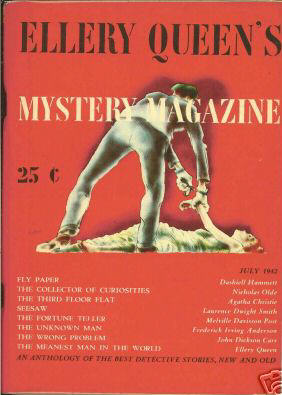
& still-published ANALOG, until 1960, was known as ASTOUNDING...
You see the 1942 8.5x11-sized ASTOUNDING SCIENCE FICTION at the lower right, but sadly no copy of its even better fantasy-fiction companion UNKNOWN/UNKNOWN WORLDS. WW2 paper shortages would soon shrink ASTOUNDING, DETECTIVE STORY and other surviving Street and Smith pulps to digest-sized, the same dimensions as ELLERY QUEEN'S and ENCORE (and the READER'S DIGEST and BOOK DIGEST and...), which would become the default size of fiction magazines in the 1950s, as the pulps faded away.
More Covers Shown!
This photo is fascinating! Here are a couple of other comics shown, these from the right-side rack: Superman #17 and Doc Savage #8.
Comics back then would be dated three months or so from when they appeared on the rack, in hopes the newsstand would leave them for sale on the rack longer, I guess. Not sure if this is still the practice.
Once they were deemed out-of-date, the magazine distributor would slice off the upper third of the comic or magazine and take it for credit, and throw the rest away. So kids like me would look out back on distribution days to snag the "cover defaced" comics for free.
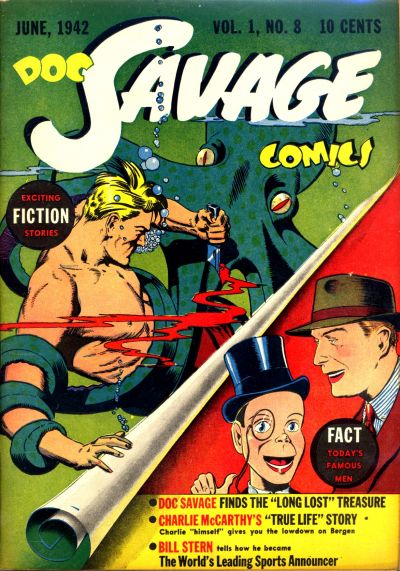
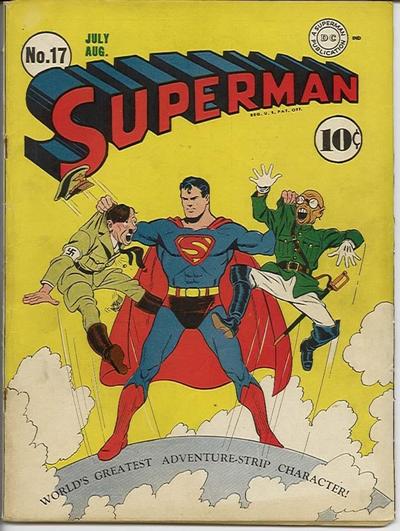
Mammoth Detective
Detective Stories Galore! All Complete!
Death By The Lake by Wyndham Martyn
First American Publication of this
Great English Detective Novel
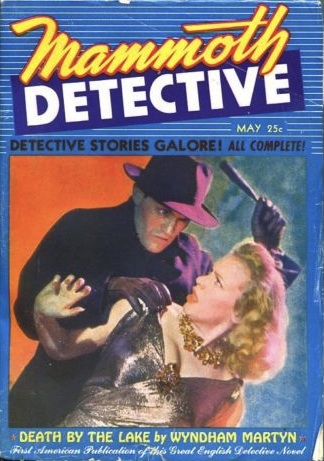
Love those Planet Stories covers
The pulp "Planet Stories" magazine had fantastic covers. Do an image search and check out some of the others. Here is the one from this newsstand.
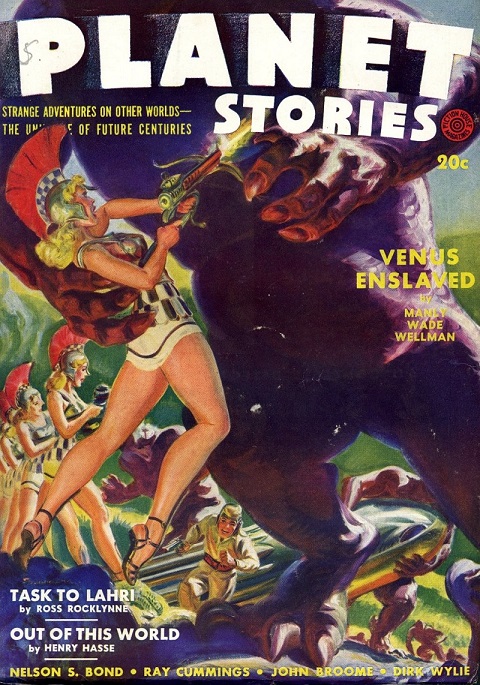
Surviving titles
ELLERY QUEEN'S MYSTERY MAGAZINE, up at top right, next to THE CAIRO GARTER MURDERS by F. Van Wyck Mason, #27 in the BESTSELLER series of books in magazine/booklet format that were distributed, even more than most early paperbacks, as magazines. (At the end of its run in the early '60s, BESTSELLER had become a no bones about it mystery fiction magazine, as had MERCURY MYSTERY.) These days, both EQMM and ANALOG are published by Penny Press, primarily a word puzzle-magazine publisher, but which picked up the fiction magazines (including HITCHCOCK'S and ASIMOV'S) in buying out the Dell Magazines line of mostly puzzle titles and a smaller set of fiction and astrology titles.
Not just one...
Flying magazine (on the first shelf up, second from the left) is still very much in existence.
So Much for the Notion
. . . that back in the day our national reading tastes were so much more refined and erudite.
Soft Core
I have a friend who owned a combination news and magazine business combined with a lunch counter. He had a problem with people just coming in and thumbing through the magazines, especially Playboy, Hustler and others of that ilk. Industry wide it got so bad that the distributers started shrink wrapping many of the periodicals, especially the expensive ones.
Ahhh, Little Oscar's First Raid
Extolling the virtues of flying in a frozen tin can high over hostile territory, whilst the residents defend their homeland by firing flack at you. Intended to make little boys lie about their age and join the Army Air Corps more quickly. Yes, the good old days.
Good Thing
Good thing those smutty Westerns are on the top shelf where junior can't reach them (why, oh why, are the Westerns on the top shelf??).
Good thing seamless stockings became available sometime after this picture.
No Plastic
And not a single issue sealed in plastic to keep the contents from innocent eyes.
A sign of the times
is the children's book near the top left. "Little Oscar's First Raid" provides guidance about what little kids should do during an attack by enemy bombers.
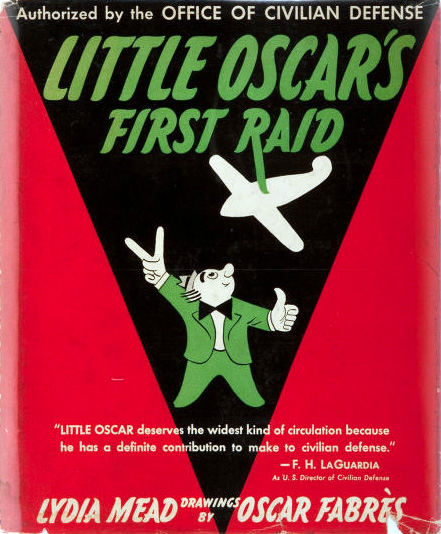
Exciting Comics #19
Third from the bottom on the rack at left.
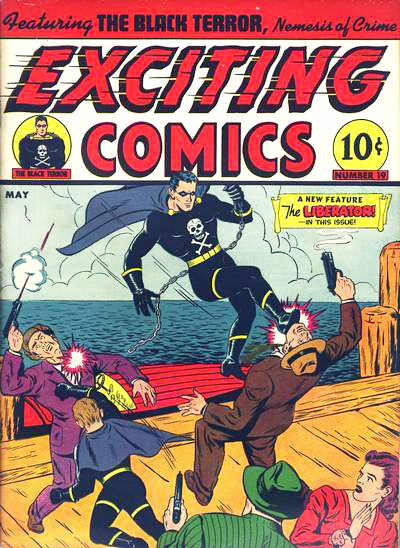
Oh those comic books
Get me a time machine, please.
Comics On The Left!
Some great comic books in this most interesting photo. On the left side, Captain Aero, Target, America's Best, Exciting, a pre-Fawcett Dell Don Winslow of the Navy, and Adventure Comics #75, cover attached. It had a Simon and Kirby story starring the Sandman!
On the right are even more including Thrilling, Military, Doc Savage, Master, Marvel Mystery, Heroic, Blue Bolt, Wings, Speed, Pep, Superman, Batman, and Champ.
The Fantastic Adventures shown is a classic, too.
"Mom, can I please borrow a dollar or two?!?!?"
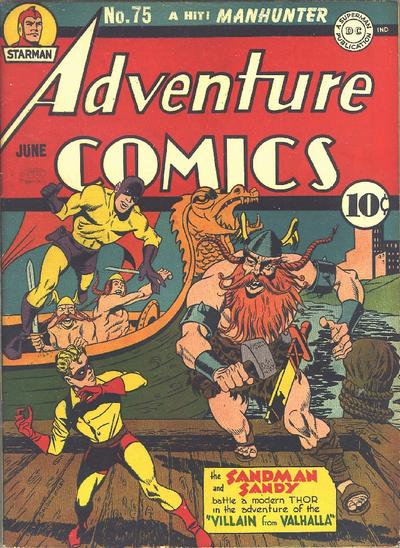
The only thing better than this picture
would be to see it in color, with all the flashing headlines and photos. I'll bet the real thing was spectacular to see.
Early newsstand starts
Seeing all those Western magazines reminds me that Louis L'Amour was getting his start in them under pen names like Tex Burns, interrupted by army service in WWII. There is a Doc Savage magazine which became very popular thanks to writer Lester Dent. I was fortunate to meet a Missouri man who showed me many of Mr. Dent's personal items that had been left to him, as well as a large room full of Doc Savage writings. I see General MacArthur saluting and I believe he did that for Life Magazine. All of these almost made me miss the penny candy jars, where the clerk would reach in and count them out for you with unwashed hands - and no one got sick (as far as we know).
From "Microcosm of America" leaflet
Legend has it that the OWI organized its photos of Southington into a pamphlet entitled "Southington CT - a Microcosm of America," and dropped thousands of them on Nazi-controlled areas of Europe. The propaganda value of microcosms eludes me.
One remaining title
As best I can tell, the only magazine title that's still around is The Ring, just above the freestanding rack on the left. Today owned by Oscar de la Hoya, it's best known for its ranking of boxers in each weight division. What with the proliferation of "alphabet soup" sanctioning bodies with their own champions, many boxing fans and writers consider The Ring's rankings to be the most authoritative.
I Spy
an Astounding, June of 1942. I still have the gravest doubts about the name change.





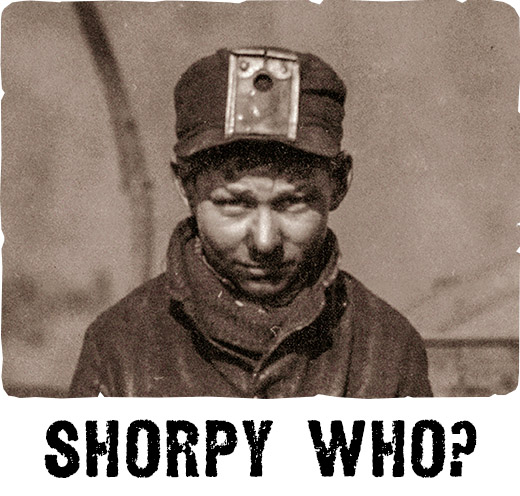
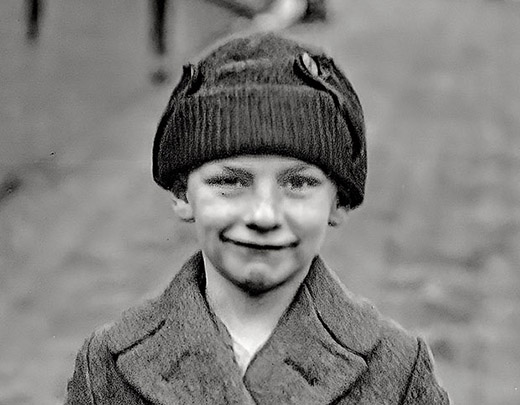
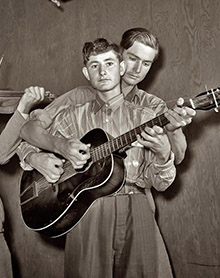
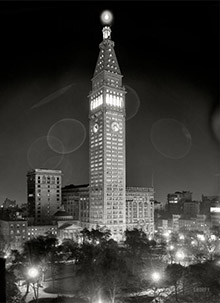
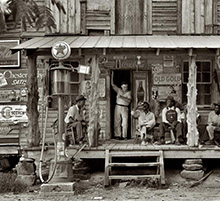
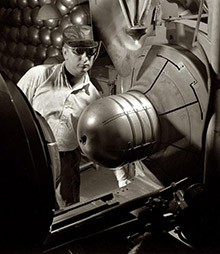
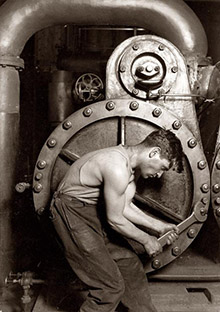
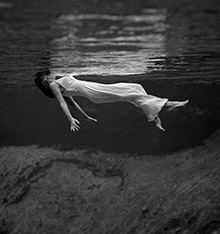
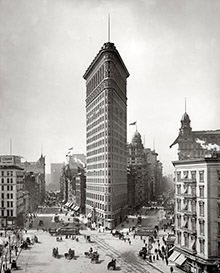
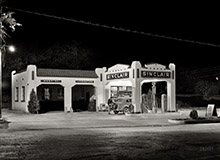
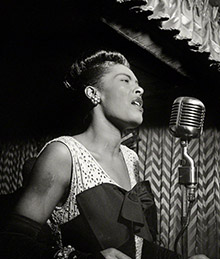
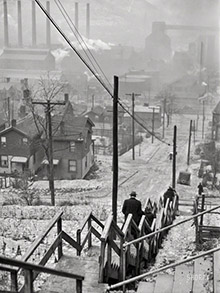
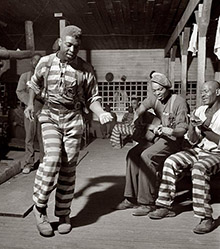

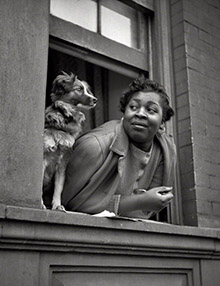
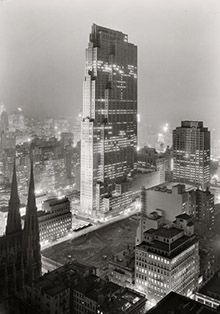
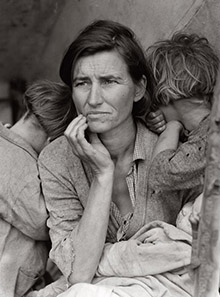
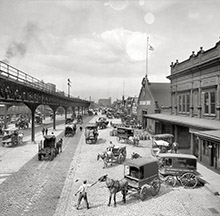
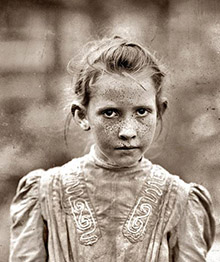
On Shorpy:
Today’s Top 5